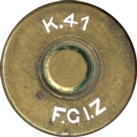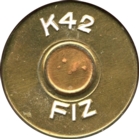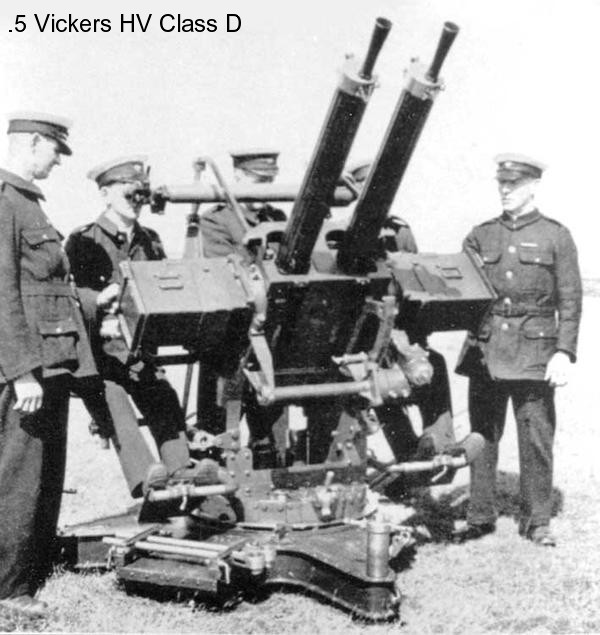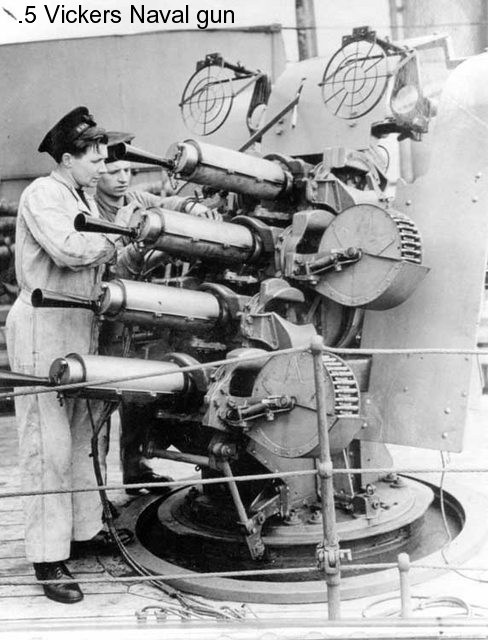The following is from the excellent article on the development of the .5 Vickers by By Anthony G. Williams that first appeared in Small Arms Review V15N4 (January 2012)
Ammunition Development
The origin of the .5 inch Vickers goes back to the First World War, when a need arose for a larger-caliber machine gun for several different reasons. One was the need to fire bullets large enough to carry a useful incendiary charge to set light to enemy hydrogen-filled balloons and airships. To achieve this, some of the rifle-caliber Vickers had been chambered for obsolete rifle cartridges such as the 11mm Gras (tested by the U.S. into the 1920s), but a purpose-designed modern cartridge would obviously be better. The second was the need for a more hard-hitting machine gun against aircraft, some of which were now being fitted with armor. The third was the development of the tank, which required a better armor-piercing performance than rifle-caliber guns could achieve.
The initial British developments during the Great War were based around a .600/.500 inch cartridge originally derived from an elephant gun round. This first appeared in an anti-tank rifle, the Godsal of 1918, followed by a slightly scaled-up Vickers. The Godsal was never adopted (although one example has survived) but the cartridge for the machine gun went through various evolutions, included a version with a belted case, until the final form emerged in 1921. This used a rimless 12.7×81 case and was known by Vickers as the .5V/580, after the bullet weight in grains. The exact bullet diameter was fractionally greater than the contemporary .50 Browning’s, at 0.514 inches compared with 0.510 inches. Muzzle velocity was around 2,460 fps and total cartridge weight 1,280 grains. It developed about three times the muzzle energy of the .303 inch, but only two-thirds that of the .50 Browning.
The ammunition was officially adopted for service in 1924. Several different loadings of the .5V/580 round were developed for British service including Ball (with a two-part core: lead in the base and aluminium in the tip), Armor Piercing (with a hardened steel core), Semi-AP (with an unhardened steel core), SAP-Tracer, and Incendiary (which was similar in design to the U.S. .50 incendiary). The ones most commonly used in service were the SAP and SAP-T, because their penetration wasn’t much less than the AP and they were a lot cheaper. All of the bullets in British service were flat-based, which limited their maximum ballistic range to 4,265 yards. They could achieve a maximum altitude of 9,500 feet. Of course, the effective ranges were very much less than this; they were probably in the region of 800 yards against aircraft and 1,600 yards against small surface targets.

 Armor Piercing Tracer Mk.1 (F.GI) Nitro cellulose propellant (Z)
Armor Piercing Tracer Mk.1 (F.GI) Nitro cellulose propellant (Z)

 Armor Piercing Mk.1 (F I) Nitro cellulose propellant (Z)
Armor Piercing Mk.1 (F I) Nitro cellulose propellant (Z)


